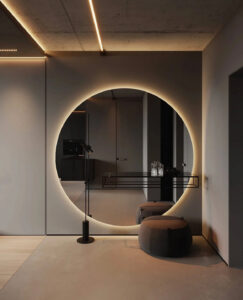
contents
In the world of interior design, the strategic use of patterns and textures can elevate a space from ordinary to extraordinary. Mixing different patterns and textures allows for the creation of a visually dynamic and intriguing environment that reflects personal style and enhances the overall aesthetic appeal. In this article, we will explore the art of mixing patterns and textures in interior design, discussing the principles, techniques, and benefits of this creative approach.
contents
1. Understanding Patterns and Textures: Adding Depth and Dimension
In the world of interior design, patterns and textures play a fundamental role in transforming a space from ordinary to extraordinary. They add depth, dimension, and visual interest, elevating the overall aesthetic appeal of a room.
1.1. Exploring Patterns and Textures
Patterns encompass a wide range of designs, including stripes, florals, geometric shapes, and animal prints. They bring character and personality to a room, reflecting various styles and moods. On the other hand, textures involve the tactile qualities of surfaces, such as smooth, rough, glossy, or matte finishes. Combining patterns and textures allows for the creation of a multi-layered and visually stimulating interior.
1.2. Adding Depth and Dimension
By introducing patterns and textures into an interior, you can achieve a sense of depth and dimension. Textured walls, patterned fabrics, and intricate rugs all contribute to the richness of a space, making it more inviting and captivating. These elements also help break the monotony of solid surfaces, creating a dynamic and visually appealing environment.
1.3. Finding Balance in Patterns
While incorporating patterns can be exciting, it is essential to find the right balance. Too many busy patterns can overwhelm the eye and create a chaotic atmosphere. The key is to mix patterns of different scales and intensities. For instance, pair a bold, large-scale pattern with smaller, more subdued ones to achieve a harmonious blend.
1.4. Using Patterns and Textures to Define Spaces
Patterns and textures can be strategically employed to define specific areas within a room. For example, using a patterned wallpaper in the dining area or textured tiles in the bathroom can set these spaces apart while adding interest and character.
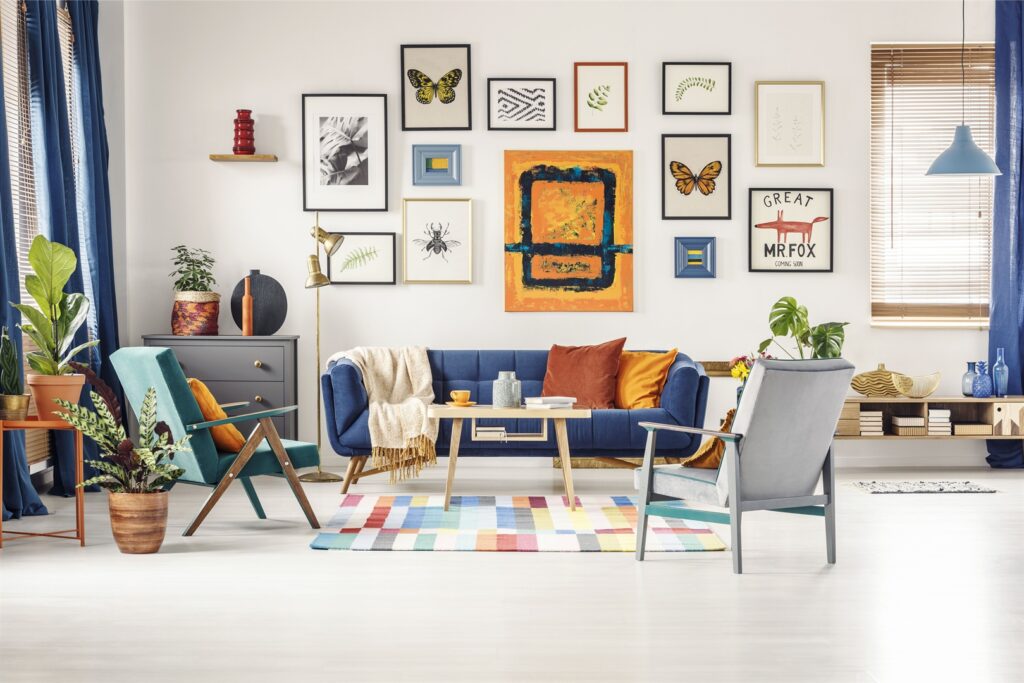
2. Establishing a Cohesive Color Palette: The Foundation for Mixing Patterns
Before embarking on the exciting journey of mixing patterns and textures, it is essential to establish a strong foundation: a cohesive color palette. A well-thought-out color scheme serves as the guiding principle for selecting patterns and textures, ensuring a harmonious and visually balanced interior.
2.1. The Power of Colors
Colors have the ability to evoke emotions, set the mood, and define the overall atmosphere of a room. Understanding the psychology of colors is crucial when developing a color palette for an interior design project. Warm tones like reds and yellows create a sense of energy and vibrancy, while cool tones like blues and greens promote relaxation and tranquility.
2.2. Choosing the Primary Color
Start by selecting a primary color that will serve as the anchor for the entire color scheme. This color should be the dominant hue in the room and appear in larger elements, such as walls or furniture. The primary color sets the tone for the space and influences the selection of patterns and textures.
2.3. Complementary Hues for Balance
Complementary colors are hues that sit opposite each other on the color wheel. They create a harmonious contrast and are ideal for incorporating into the color palette. Choose a few complementary colors to the primary hue to add depth and variation to the scheme.
2.4. The Role of Neutrals
Neutrals, such as whites, grays, and beiges, act as a bridge between the primary color and complementary hues. They provide a sense of balance and prevent the color scheme from becoming overwhelming. Neutrals are also excellent choices for larger elements in the room, such as walls and flooring.
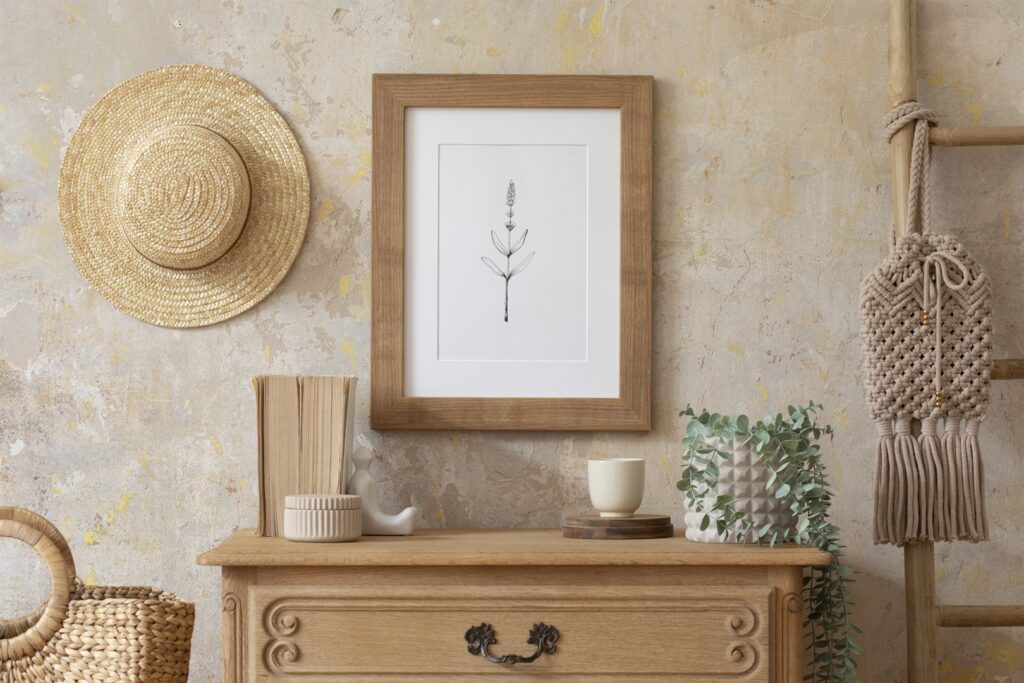
3. Balancing Scale and Proportion: Creating Harmony
Achieving a harmonious and visually pleasing interior design goes beyond selecting patterns and textures. It also involves understanding the concepts of scale and proportion when integrating these elements. Properly balanced scale and proportion are crucial in creating an environment where patterns and textures coexist in harmony.
3.1. The Importance of Scale
Scale refers to the size of elements relative to each other and the overall space. When mixing patterns and textures, incorporating a variety of scales prevents visual monotony and adds interest to the room. Large-scale patterns create a bold statement, while smaller patterns offer delicate details.
3.2. Varying Pattern Density
Pattern density refers to the visual weight and intricacy of a pattern. Some patterns may have a high density with many details and intricacies, while others may be more open and airier. By varying pattern densities, designers can create balance and avoid overwhelming the space.
3.3. The Art of Proportion
Proportion involves the relationship between different elements in terms of size and quantity. A well-balanced proportion ensures that no single pattern or texture dominates the entire space. For example, if you have a large-scale pattern on the curtains, balance it with smaller-scale patterns on throw pillows or rugs.
3.4. Creating Focal Points
Introducing patterns and textures strategically can help establish focal points within a room. Focal points draw attention and create a visual hierarchy, guiding the eye throughout the space. Use bold patterns or textures on accent walls, furniture pieces, or art to highlight specific areas.
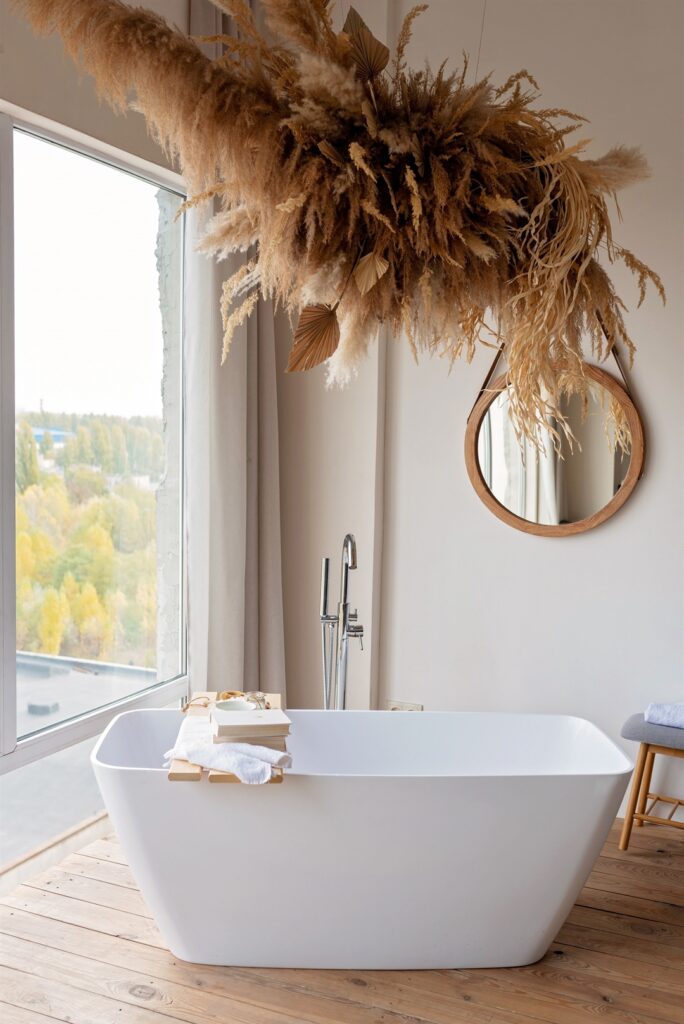
4. Layering Patterns: Combining Complementary Designs
In interior design, layering patterns can elevate the visual appeal of a space by creating a harmonious and dynamic composition. It will be an art of combining complementary patterns to achieve a cohesive and striking look that adds depth and interest to your home.
4.1. Understanding the Basics of Pattern Layering
Layering patterns involves skillfully blending different designs to avoid overwhelming the space. To start, choose a focal pattern that will be the centerpiece of the room. Then, add complementary patterns that coordinate with the focal pattern in terms of style, color, and scale.
4.2. Selecting the Focal Pattern
The focal pattern serves as the anchor for the entire design, drawing attention and setting the tone. It could be a bold wallpaper, an intricately patterned area rug, or statement curtains. The key is to choose something that captures your style and sets the stage for the rest of the patterns.
4.3. Building with Complementary Patterns
Once you have the focal pattern, introduce complementary patterns that harmonize with it. Complementary patterns can be of different scales and intensities, but they should share some common elements to create a coherent look. Strive for a mix of bold, subtle, and neutral patterns to achieve depth and contrast.
4.4. Balancing Patterns in the Space
Achieving a well-balanced pattern layering is essential. Too many competing patterns can create chaos, while too few may lead to a monotonous design. Distribute patterns throughout the space by incorporating them into upholstery, throw pillows, curtains, and decorative accents.
4.5. Paying Attention to Scale and Proportion
Consider the scale of each pattern concerning the size of the room and its furnishings. Larger patterns may dominate a small space, while tiny patterns can get lost in a large room. Proportionately distribute patterns to ensure they complement the room’s size and layout.
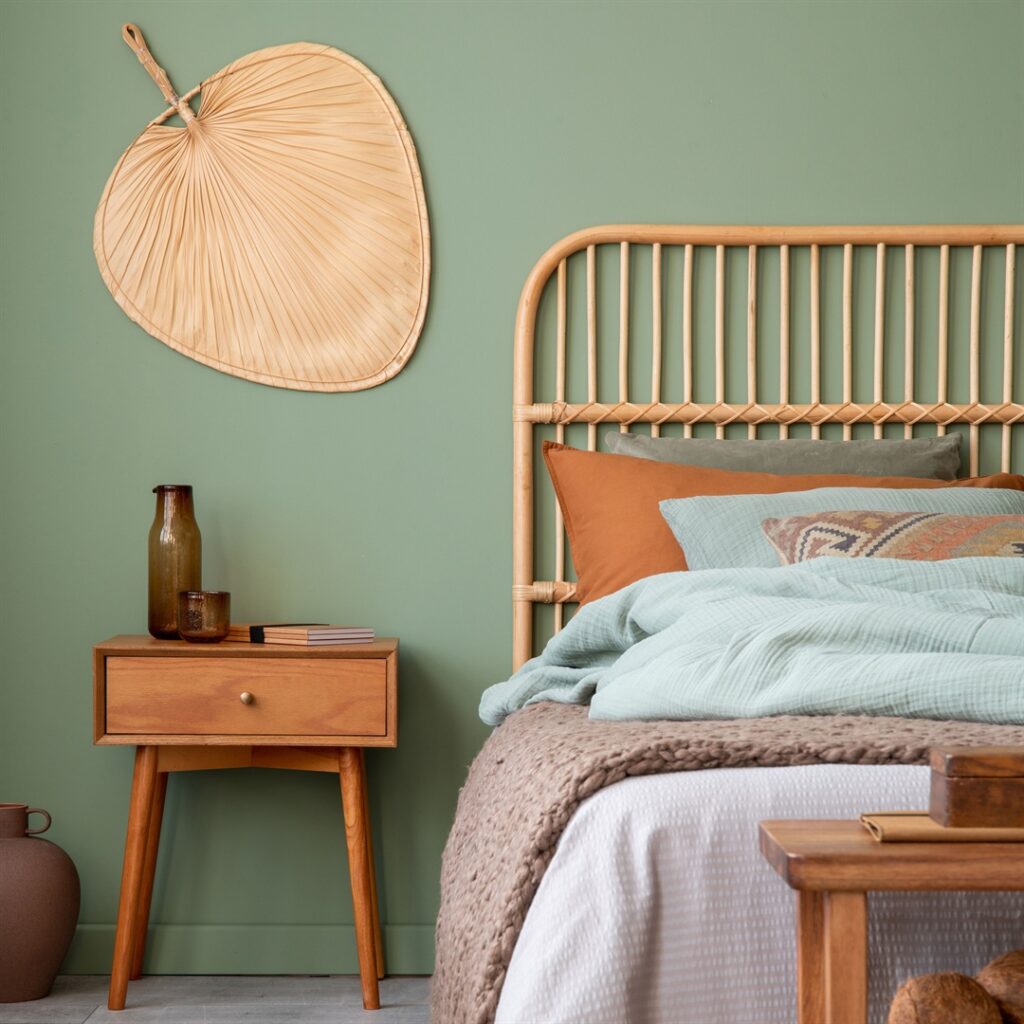
5. Harmonizing Textures: Adding Visual and Tactile Interest
In interior design, textures play a significant role in creating a captivating and inviting space.
5.1. The Importance of Texture in Design
Textures contribute to the sensory experience of a room, adding depth, dimension, and a sense of coziness. From smooth and glossy surfaces to rough and coarse materials, textures influence the way a space feels and looks.
5.2. Mixing Textures for Visual Interest
To achieve visual interest, combine textures that vary in visual appeal. For instance, pair a plush velvet sofa with a sleek glass coffee table, or a rustic wooden accent wall with shiny metal fixtures. The contrast of different textures adds complexity to the space and catches the eye.
5.3. Incorporating Textures Through Furnishings
Upholstery fabrics, throw pillows, and area rugs are excellent ways to introduce textures into your design. Consider using soft, textured fabrics for comfort and warmth, while incorporating patterned or woven pieces for added visual intrigue.
5.4. Balancing Glossy and Matte Finishes
Balancing glossy and matte finishes creates a dynamic play of light and reflections. Incorporate elements like glossy tiles or lacquered furniture with matte-finished wooden floors or textured wallpaper for a well-rounded aesthetic.
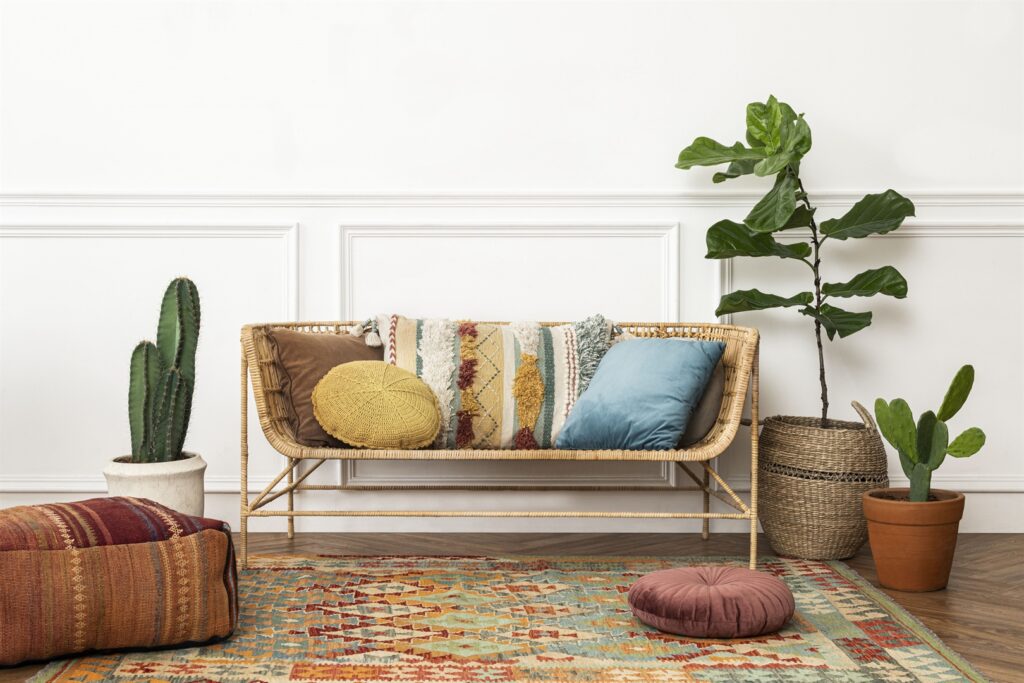
6. Using Patterns and Textures to Define Zones: Visual Separation
Patterns and textures not only add visual interest to interior design but can also be utilized to define and separate zones within a space.
6.1. The Role of Patterns and Textures in Zone Definition
Distinct patterns and textures can act as visual cues, guiding the eye to different areas within a room. By using them strategically, you can delineate specific zones, such as living and dining areas, creating a more organized and harmonious space.
6.2. Creating Focal Points with Patterns
Employ bold patterns or textured elements to establish focal points within a room. For instance, a vibrant patterned area rug can anchor the seating area, while textured wallpaper behind the dining table draws attention to that particular space.
6.3. Using Rugs and Textiles to Define Areas
Area rugs are excellent tools for defining zones in open-concept spaces. Choose rugs with distinct patterns or textures to clearly separate different functional areas while maintaining a cohesive design.
6.4. Textured Wall Treatments for Definition
Textured wall treatments, such as wainscoting or accent walls, can visually separate areas while adding depth and character to the room. This technique is especially effective in creating a distinct entryway or defining a cozy reading nook.
6.5. Visual Boundaries with Curtains and Dividers
Curtains and dividers can serve as practical and decorative elements for zone definition. Opt for patterned or textured curtains to create a subtle separation between spaces or utilize decorative screens to add a touch of elegance to the design.
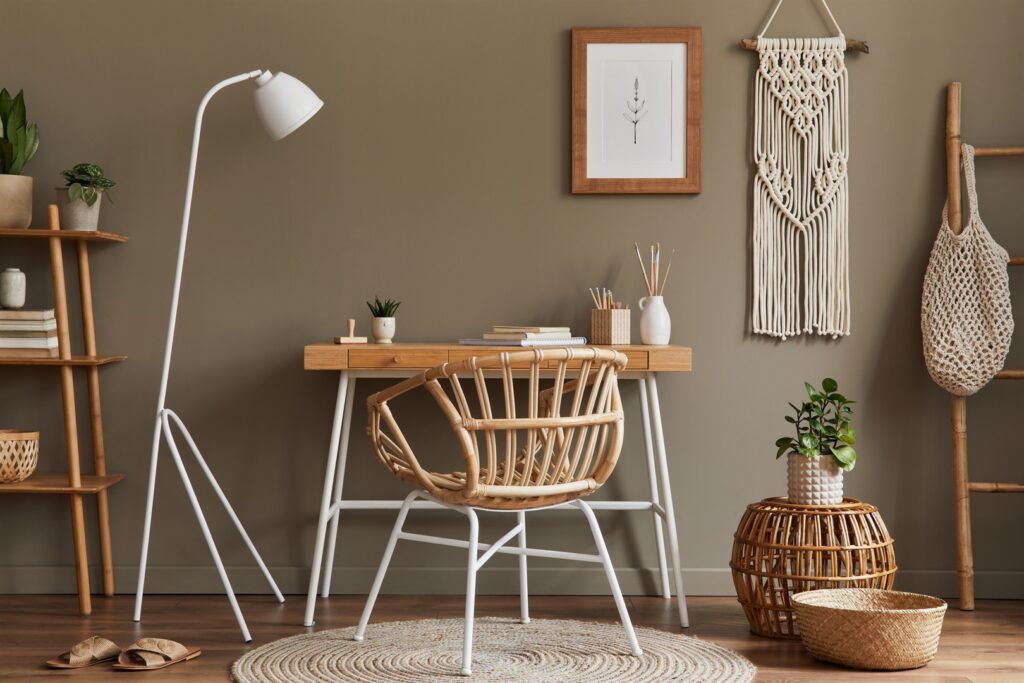
7. Considering the Overall Style and Mood: Cohesion and Expression
Mixing patterns and textures is an artful technique that can elevate the visual appeal of any interior design. However, it requires careful consideration of the overall style and mood you wish to achieve.
7.1. Patterns and Textures: Aesthetic and Emotional Impact
Patterns and textures have the power to evoke specific emotions and aesthetics within a space. Delicate floral patterns can create a romantic and traditional ambiance, while bold geometric textures often convey a modern and contemporary feel. Understanding the emotional impact of different patterns and textures helps in selecting ones that resonate with the desired atmosphere.
7.2. Harmony with Existing Decor
When incorporating new patterns and textures, it’s crucial to ensure they harmonize with the existing decor. Strive for a balanced composition that complements the room’s overall theme. Consider the color palette, furniture styles, and design elements already in place to create a cohesive look that seamlessly blends the new patterns and textures.
7.3. Reflecting Personal Preferences
Interior design is a reflection of personal taste and style. When mixing patterns and textures, it’s essential to incorporate elements that align with your preferences. Whether you prefer a bold and eclectic look or a serene and minimalist aesthetic, let your tastes guide your choices to create a space that feels authentic and inviting.
7.4. Achieving the Desired Atmosphere
The combination of patterns and textures can significantly influence the atmosphere of a room. Soft textures like plush rugs and cozy throws contribute to a warm and inviting feel, while sleek and polished surfaces create a sense of elegance and sophistication. Be mindful of the emotions and sensations you want to evoke in each space, and curate patterns and textures accordingly.
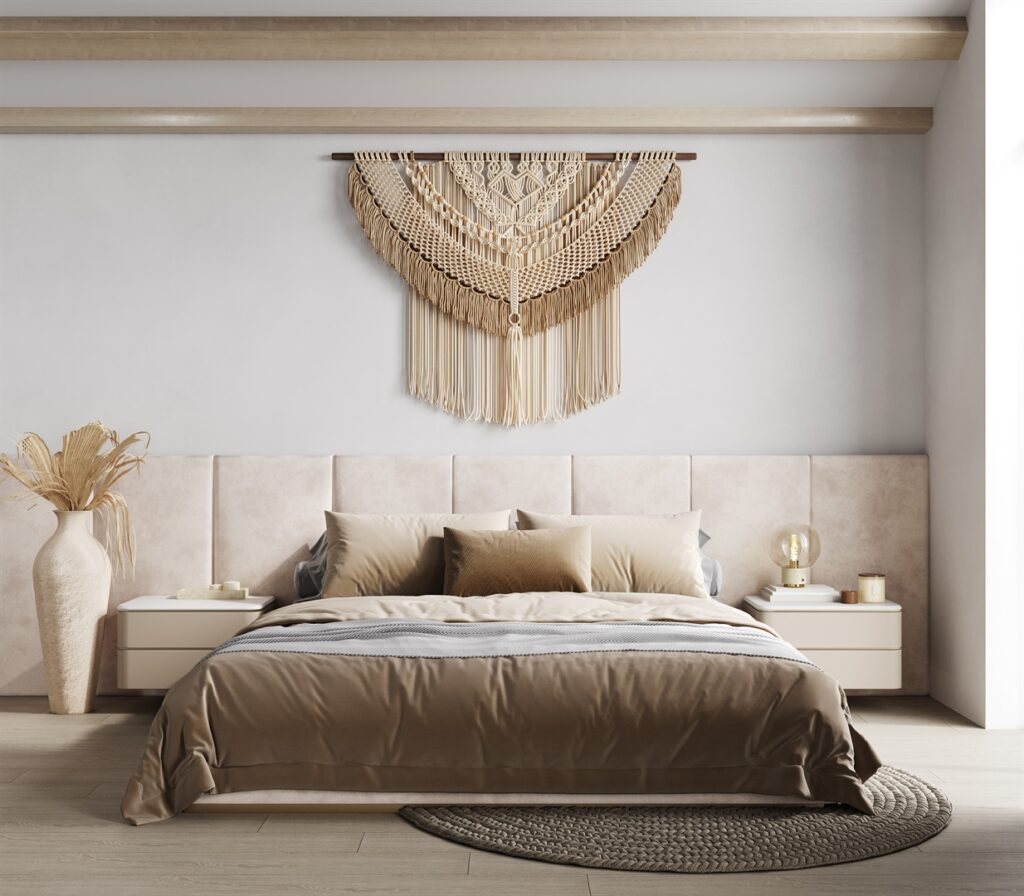
8. Experimenting and Personalizing: Making It Your Own
Mixing patterns and textures is an opportunity for creative expression in interior design. Embrace experimentation and infuse your unique style into the space.
8.1. Embracing Creative Freedom
Interior design is an art form, and mixing patterns and textures is one of the most creative aspects of it. Give yourself the freedom to experiment with various combinations and designs. Allow your imagination to guide you as you explore unconventional pairings and bold choices.
8.2. Trusting Your Instincts
When it comes to personalizing your space, trust your instincts. If a particular pattern or texture resonates with you, embrace it wholeheartedly. Creating a home that aligns with your tastes and preferences will not only be visually appealing but also a space where you feel comfortable and inspired.
8.3. Stepping Out of Your Comfort Zone
Personalization often involves stepping out of your comfort zone. Don’t be afraid to mix contrasting patterns or experiment with textures you’ve never used before. Pushing the boundaries of your design preferences can lead to delightful surprises and a truly one-of-a-kind interior.
8.4. Infusing Meaningful Elements
Personalization extends beyond mere aesthetics. Consider incorporating meaningful elements into your design. This could include family heirlooms, travel souvenirs, or artwork that holds sentimental value. These personal touches add depth and character to your home.
8.5. Creating a Space that Inspires
Ultimately, personalization in interior design should create a space that inspires and uplifts you. Tailor your environment to reflect your passions, interests, and aspirations. Your home should be a sanctuary where you can unwind, be yourself, and find creative inspiration.
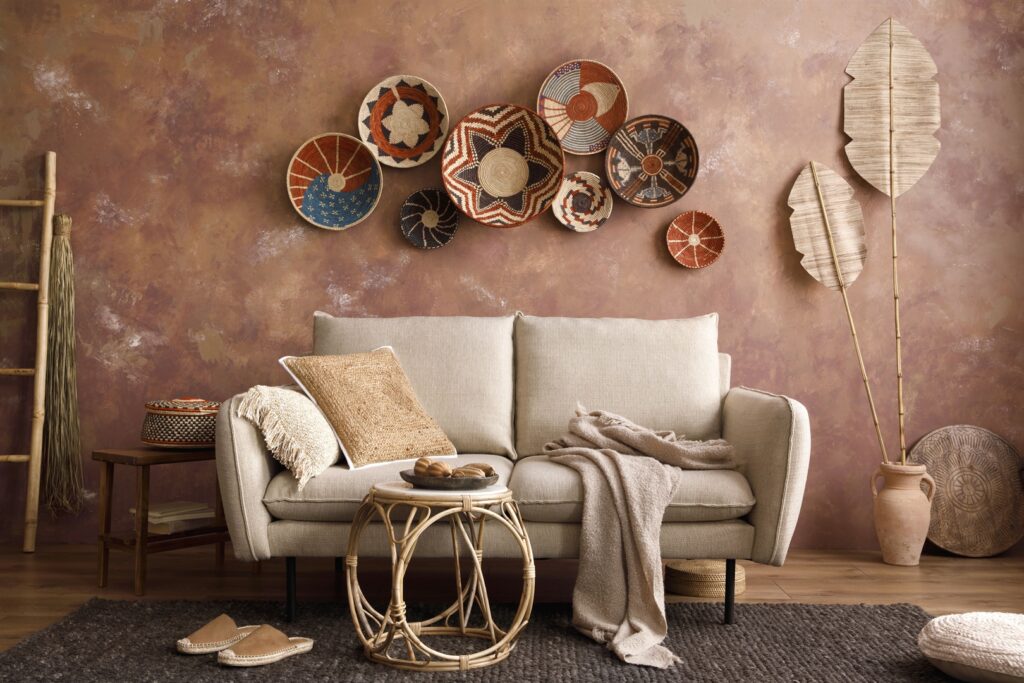
Conclusion
Mixing patterns and textures in interior design opens up a world of possibilities, enabling you to create visually captivating and personalized spaces. By understanding the principles of balance, scale, and color coordination, you can artfully combine patterns and textures to add depth, dimension, and visual interest to your home. Embrace the creativity that comes with mixing patterns and textures, and let your imagination guide you in creating unique and visually stunning interiors.
Recent Articles
-
 Winter's Warm Embrace: Crafting A Cozy Sanctuary With Hygge-Inspired Décor
Winter's Warm Embrace: Crafting A Cozy Sanctuary With Hygge-Inspired Décor -
 The Art Of Elevating Well-Being With Nature-Infused Interior Design
The Art Of Elevating Well-Being With Nature-Infused Interior Design -
 Enigmatic Allure: The Timeless Elegance Of Embracing Dark Colors In Interior Design
Enigmatic Allure: The Timeless Elegance Of Embracing Dark Colors In Interior Design -
 Sustainable Serenity: Crafting Eco-Friendly Sanctuaries With Organic Materials In Interior Design
Sustainable Serenity: Crafting Eco-Friendly Sanctuaries With Organic Materials In Interior Design


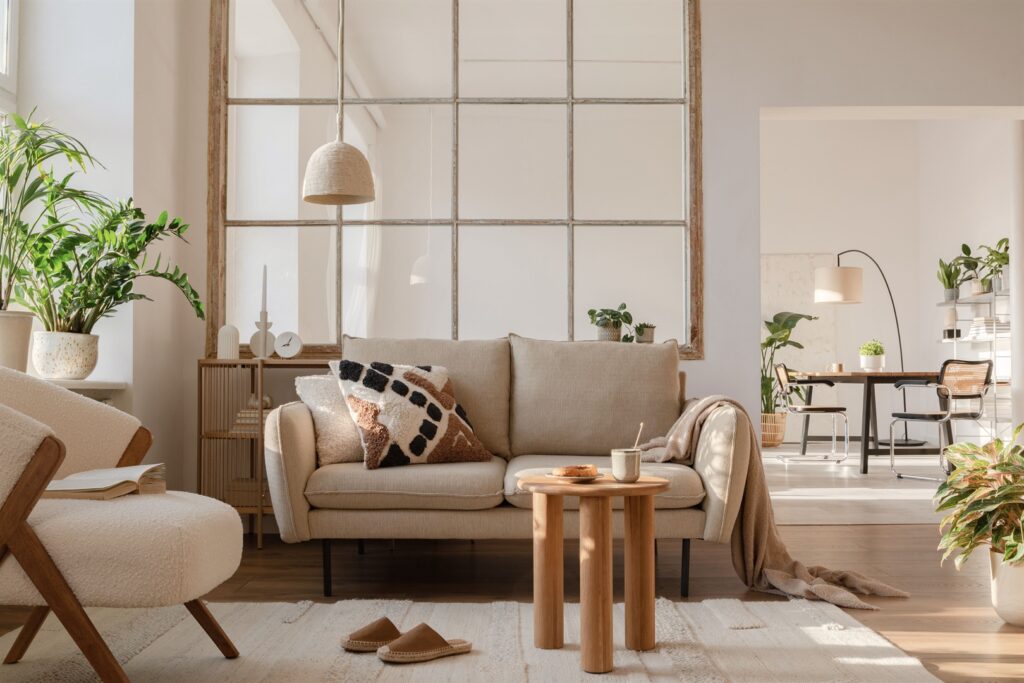
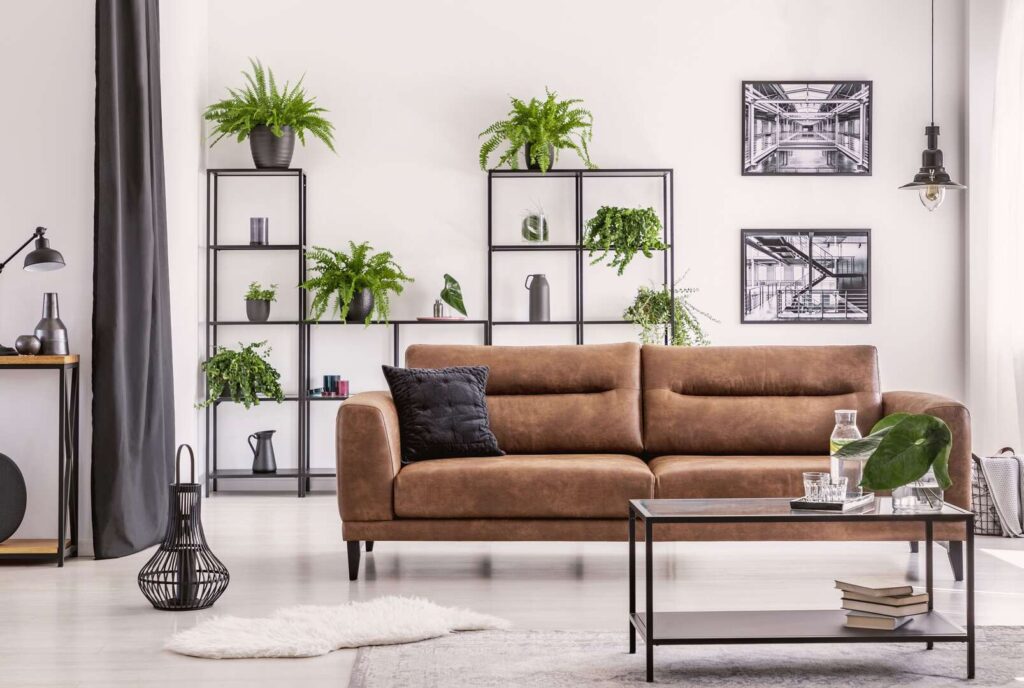
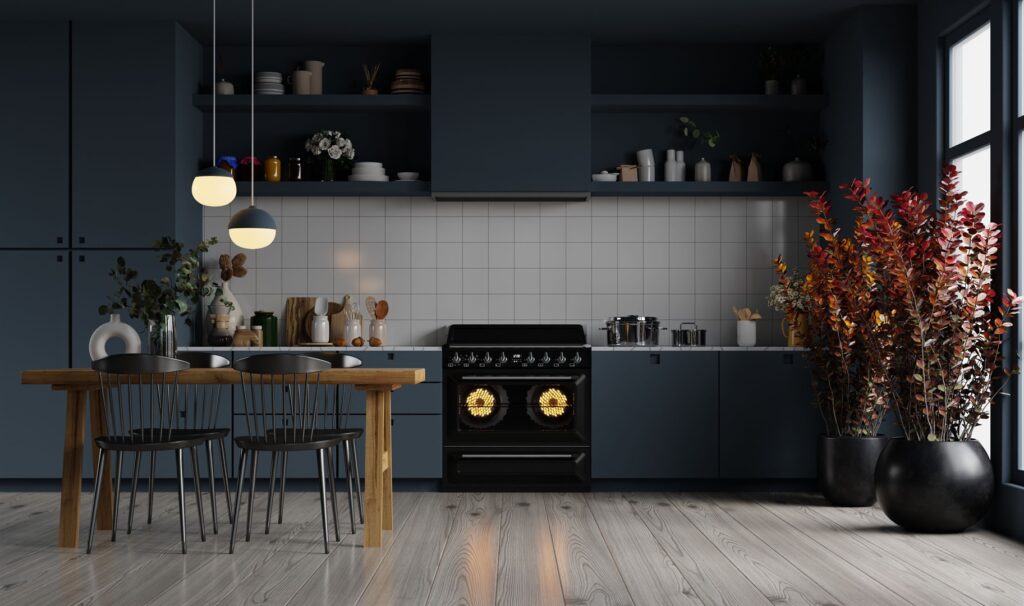
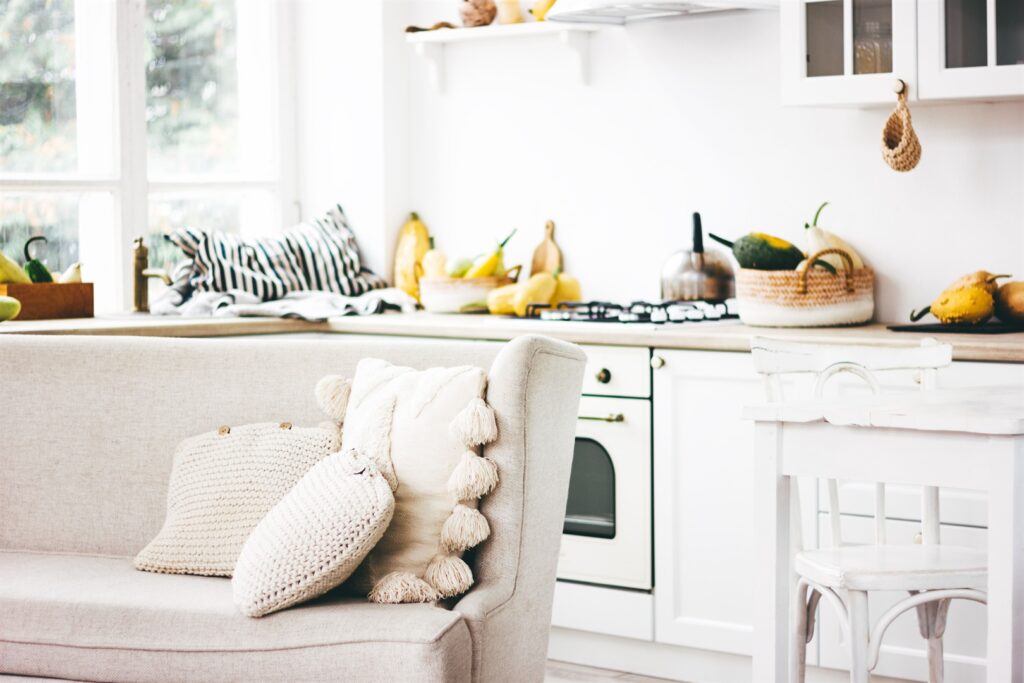
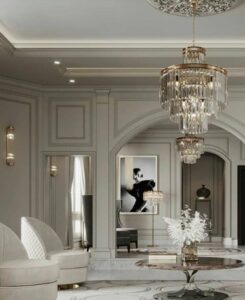

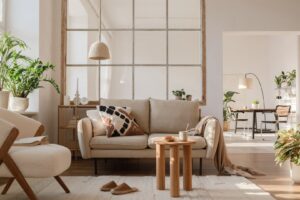

.png)